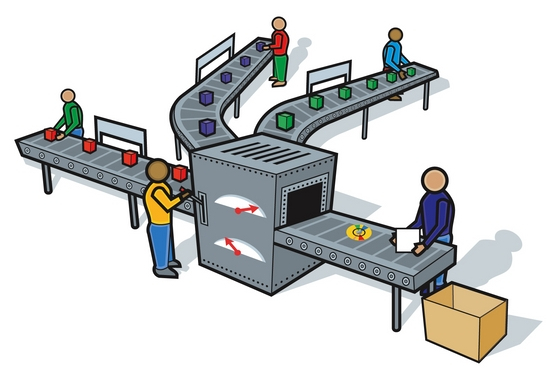

There are no extensive studies on product management in the agile academic literature. Section 3 describes our research approach and the case contexts. The next chapter gives an overview of the roles responsible for product development (product owner and product manager). The paper is structured in the following way. To answer the research question, we conducted a multiple case study based on data from four agile companies with the product manager role. We are therefore asking the following research question: How is the product manager role practiced in agile companies? The answer to these questions may be a way to guide product managers into more agile ways of working. Nevertheless, we know from the research on large-scale agile that the PM role is indeed being utilized in agile projects, but not which activities they perform, how, and why. While the role of the Product Owner has been extensively researched during the last two decades, the role of a product manager has been disregarded by the agile academic community, possibly for being too conservative and plan-driven. However, these descriptions seem to be based on a plan-driven approach, making it unclear whether they can guide product managers in agile companies.Īlthough we see that product managers clearly have an important role in today’s agile companies, we do not fully understand how this role is practiced.
#Agile production management software
We now have detailed descriptions of the activities that product managers are supposed to perform towards software development, the impact of these activities, and how they manifest in practice. The academic literature has also been investigating product management for decades. The adoption of product management is now standard in companies like Google, Facebook, Amazon, and Microsoft and has been increasingly popular after the success of Marty Cagan’s Inspired, which provides guidance on product management based on the experience of the most advanced technological companies. The role of a product manager is to continuously develop product portfolios and sustain their link to the customer demand.


Product management is a discipline that can achieve such flow. To achieve this, one needs a continuous end-to-end flow between customer demand, business strategy, and software development. This is similar to what the Lean Startup approach and dual-track agile aim to achieve through a continuous build-measure-learn loop and experimentation with users. A dedicated manager should systematically discover features that maximize the product value and quickly experiment with the delivery of those features, the cost of their delivery, the usage by customers, and the actual return on investment from these features, as argued by Fitzgerald and Stol. What is needed is a product analytics capability to constantly evaluate the current value of the products and adjust them. However, as described and practiced in Scrum, the Product Owner role may not be sufficient. In this way, POs represent the customer demand. POs translate business needs into practical software requirements, elicit and prioritize requirements, approve software produced for release to customers and make sure the product is profitable. In agile software development (e.g., Scrum), the Product Owners (PO) are responsible for this flow. When products must adapt to constantly changing user needs and new products should be launched, there is an increasing need to establish an end-to-end flow between customer demand and the fast delivery of a product or service. In an increasingly more complex environment, companies need a holistic product strategy to develop products. Our summary of the product management activities can guide product managers working in agile companies. We found that the PMs facilitated continuous product experimentation and innovation, supported the product teams, and engaged in additional activities to achieve optimal product development. In this multiple case study, we analyzed 17 interviews with 11 product managers from four agile companies. Despite the widespread adoption of the product manager role, the attention toward it in the agile academic community has been surprisingly limited. In contrast, in large-scale agile, one can find both Product Owners and product managers who sometimes compete. In agile methods (e.g., Scrum), similar responsibilities are linked to the Product Owner (PO) role. PMs are responsible for integrating technical, design, and business perspectives when developing software products and product portfolios. The product manager (PM) role is well established in leading technological companies, such as Google, Amazon, Microsoft, and Facebook.


 0 kommentar(er)
0 kommentar(er)
